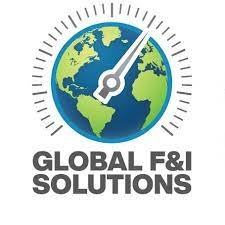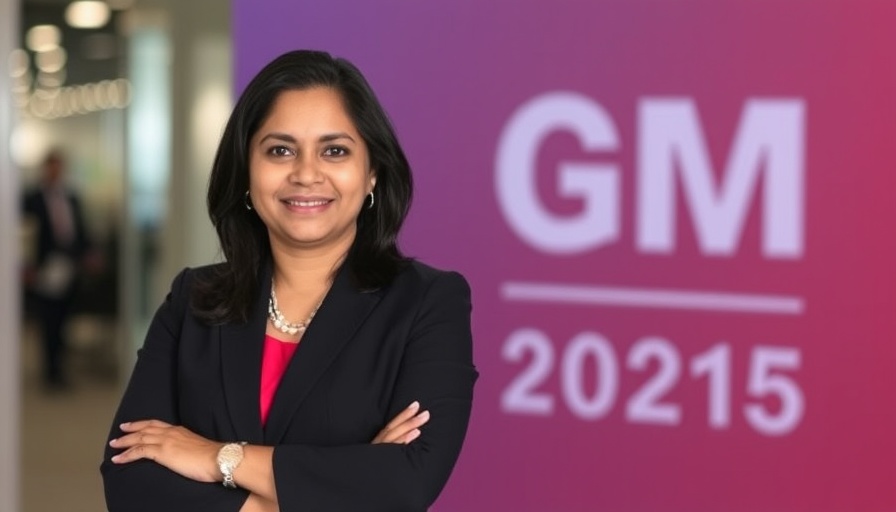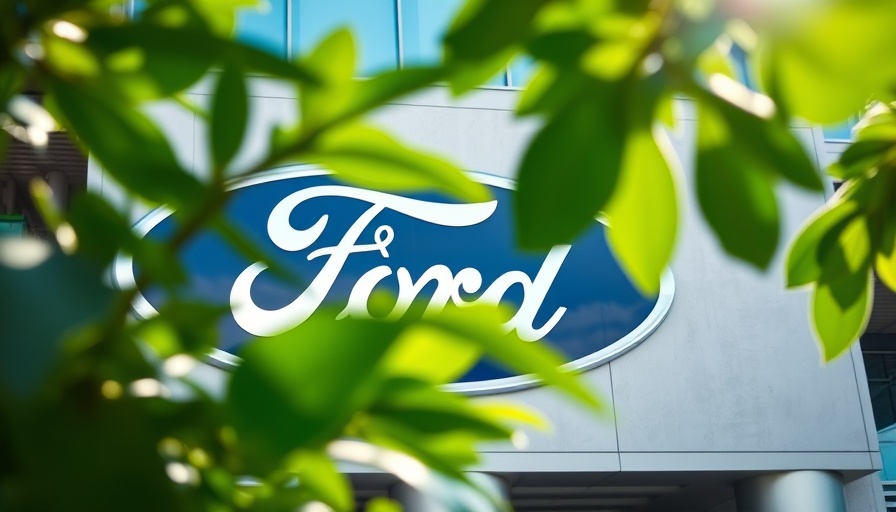
The Surge in April New-Vehicle Sales: Key Insights
April 2025 is proving to be a remarkable month for the vehicle sales industry, with projections indicating a record-breaking total of $55.8 billion in consumer spending on new vehicles. This surge is expected to result in more than 1.5 million new-vehicle sales, reflecting a 10.5% year-on-year increase compared to the previous April. As reported by J.D. Power and GlobalData, this uptick can be attributed to a combination of factors including anticipated price hikes and consumer urgency to make purchases before costs escalate.
Understanding the Recent Trends in Vehicle Purchases
Highlighting the shift in consumer behavior, J.D. Power's president, Thomas King, noted that potential tariff impacts have prompted many consumers to accelerate their vehicle purchases this spring. The data shows that roughly 83,000 additional sales occurred in March and 139,000 in April as a direct result of this buying rush. This trend underscores the importance of understanding the economic indicators that influence consumer spending, particularly in the automotive market.
Record-Breaking Retail Sales Numbers
In April, total vehicle sales, including both retail and non-retail, reached an impressive 1,519,900 units. Notably, this number does not even account for the additional selling day in May, which when adjusted, amounts to a striking 14.9% increase in sales. The seasonally adjusted annualized rate (SAAR) rose to 17.9 million units, marking an increase of 1.9 million units compared to the same time last year. This brisk pace of sales reflects an ongoing trend in which trucks and SUVs dominate the market, capturing 82.1% of all retail sales.
Financial Dynamics: Spending and Profits
While total vehicle sales have surged, consumer spending has also seen a significant increase, with average retail transaction prices for new vehicles now at $45,764—a rise of $887 from the previous year. Dealers are reaping the benefits as well; total profits from new vehicles are projected to hit $3.1 billion in April, an increase of 18.8% over last year. This combination of high sales volume and elevated prices translates to an unprecedented spending landscape for consumers in the automotive market.
The Bigger Picture: Implications for Dealerships
For dealership principals, general managers, and fixed operations directors, these insights not only illustrate a thriving sales environment but also emphasize the necessity of adapting to rapidly changing market conditions. With vehicle price increases potentially on the horizon, dealerships must be prepared to respond to consumer concerns regarding financing. By educating clients about competitive options in used car financing, such as low interest rates and tailored loan calculations, dealerships can leverage this momentum to foster long-term customer loyalty.
Preparing for Future Sales Trends
As we move further into 2025, dealerships should remain vigilant about economic indicators and consumer sentiment shifts. Providing accessible resources on used car financing, including calculators that help buyers evaluate options, could empower consumers to make informed decisions, further driving sales. This approach not only helps consumers but can also position dealerships as trusted advisors in the market.
In summary, the accelerated sales in April mark an extraordinary moment in the automotive industry, tied closely to economic trends and consumer behavior. Dealerships must harness this opportunity by understanding market shifts and providing valuable insights to customers about financing and vehicle purchasing.
 Add Row
Add Row  Add
Add 




Write A Comment